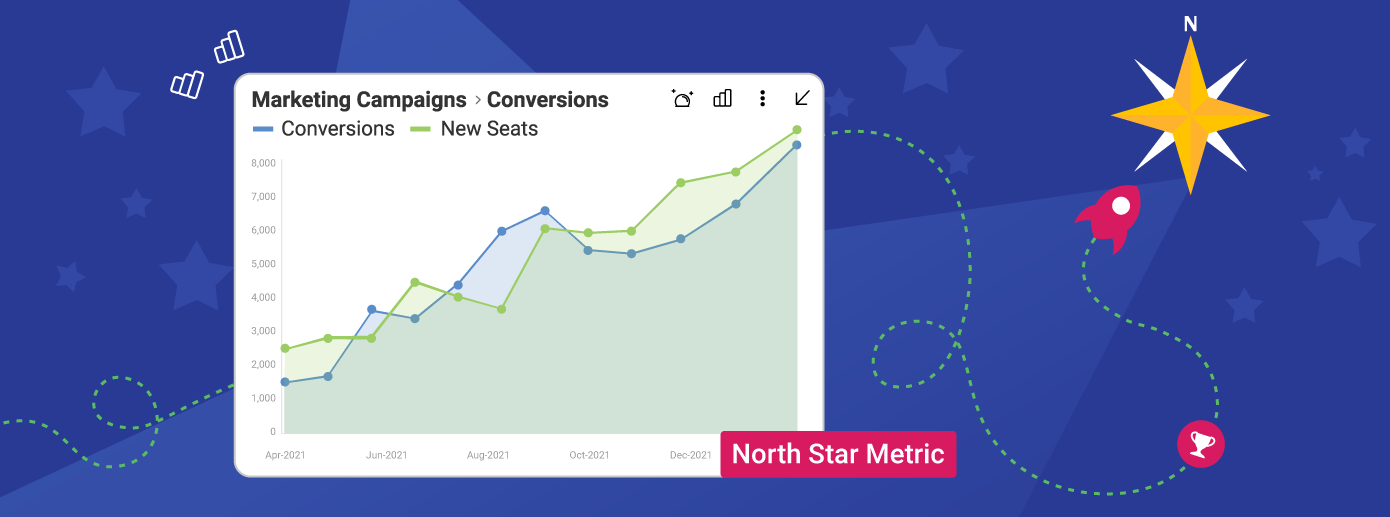
What Type of Leader Are You? Take the Quiz
Are you leading with motivation, with fear, with micromanagement? In this article, we help you find out through a specially designed quiz and uncover what type of leader are you.
Executive Summary:
Are you leading with motivation, with fear, with micromanagement? In this article, we help you find out through a specially designed quiz and uncover what type of leader are you.
No organization or business can thrive without the team members who execute their leadership skills every day. The people who motivate, guide, create, and build their teams are invaluable to any industry, bringing forth fortitude and inspiration in a variety of situations.
But what does it truly mean to be a leader?
Leadership: What Does It Mean Exactly?
Leadership is the management process executed by any individual who directs the efforts, inspiration, and dedication of a team.
Leadership is what drives any company forward and takes it from point A to point B in a set goal period. Leadership, in that sense, can often be the difference between success and failure for an organization.
Leadership can also refer to the full management structure of an organization, including its strategy and goals. It can be the overall policy that all managers work with and the methods they use in executing the company’s objectives.

An effective leader can:
- Inspire others to act in a way that is most beneficial to the company as well as themselves as professionals
- Helps create a good symbiosis in any team, including remote or distributed
- Assist with effective collaboration/communication of the team
- Guide the team towards critical thinking and helps them utilize their skills and resources to achieve the best possible result
- Has transparency on the team’s goals, status, and overall performance, as well as individual needs as professionals
- Prepare and share guidelines for periods when specific milestones need to happen
- Help actively with collaboration among teammates
Effective communication is, of course at the very core of effective leadership, so any leader must look to that first before diving into everything else.
What Makes a Good Leader: Characteristics
According to a report by McKinsey & Company, an effective leader must have a set of behaviors that “in a given context align an organization, foster execution and ensure organizational renewal“. Five highlights of effective leadership are:
- Effective leaders follow the behaviors used and observed across an organization
- Leadership behaviors are contextual and depend on the company’s goals
- Effective leaders create organizational alignment and
- Effective leaders use their real-life experiences to apply relevant skills to their leadership style.
- Effective leaders are introspective and self-aware.
Another study from UTSA shows that among the desired qualities for an effective leader are creativity, confidence, and emotional intelligence.
The latter is something crucial for the modern workplace that most often than not has teams spread out in different physical places but still need to keep working in a perfect flow. To that effect, a leader that can handle everything their team needs them to needs to possess:
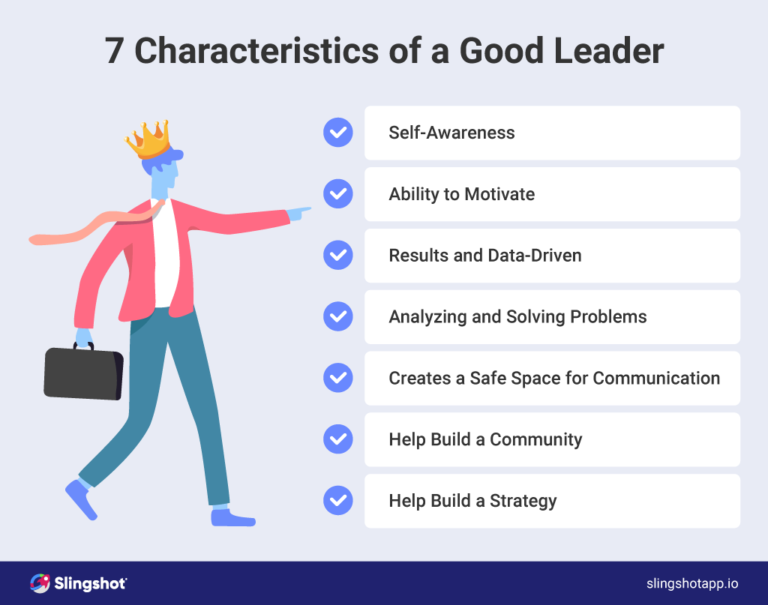
- Self-awareness: knowing one’s limitations and state of mind at any point is essential to fulfilling a leader’s potential.
- Ability to motivate: motivation is one of the most important aspects in any organization that is facing obstacles daily. A truly effective leader needs to be able to motivate both the team and themselves.
- Creating a safe space for communication: а great leader helps facilitate efficient, easy and safe communication for feedback, brainstorming, and teamwork.
- Analyzing and solving problems: leaders must possess excellent analytical as well as interpersonal skills, so they can identify and solve problems and blockers among the team
- Results- and data-driven: great leaders stick to the data and always look to the results, directing the efforts of their team in the direction of the next milestone for the company
- Help build a community: to create a team is easy, but to keep a community within it might be a little bit harder. It’s part of the leader’s job to keep everyone on the same page and build stronger relationships, encouraging the team to collaborate more and communicate better.
Help build a strategy: a good leader’s eye is always on the future and tactical and strategical thinking is hugely valuable, especially with campaign planning and product building initiatives.
5 Main Leadership Styles
There are a lot of leadership styles out there – so we’re just going to talk about the most popular ones. Chances are, if you are a leader, you’re using one of these styles, so it’s a good idea to get to know them better and be more aware of the benefits of each one.
Authoritative Style
Also called autocratic, this type of leader is one that makes the decisions alone and passes “commands” to the team to execute. These are also often the people who tend to micromanage a lot of the processes and usually overlook quite a bit of the team’s mindset, mainly looking to problem-solve and not create a solution in the long run. This style gets results with some teams but is usually considered ineffective, especially for creative teams.
Situational Style
This type of leader usually changes his or her approach according to the current needs of the team or the specifics of the current goal. This is actually one of the most effective leadership styles, but it requires great interpersonal skills and a good experience with people so that styles in leading can be changed without a hitch. It’s usually used in a large variety of projects and teams of multiple characters.
Democratic Style
These are the leaders who always look to have consensus before making a decision. They value and get the input of most of the team (if not the whole team) and this can be a great approach with creative teams with good experience and expertise – that way, no good idea is ever lost.
Charismatic Style
This type of leader uses charisma and has a more friendly approach to people when he or she needs to motivate them faster. This style usually gets good results and at its core it’s results-driven, but it can bring teams to a point when they become more reliant on their leader than needed and lose some independence along the way.
Transformational Style
Also called a “coaching” style, this type of leadership is often termed “the gold standard” and the reason is, it focuses on motivating and inspiring team members through coaching. It helps people thrive with minimal supervision and without micromanaging while at the same time giving good feedback and pointers in the right way, so work is always done on time and in good form.
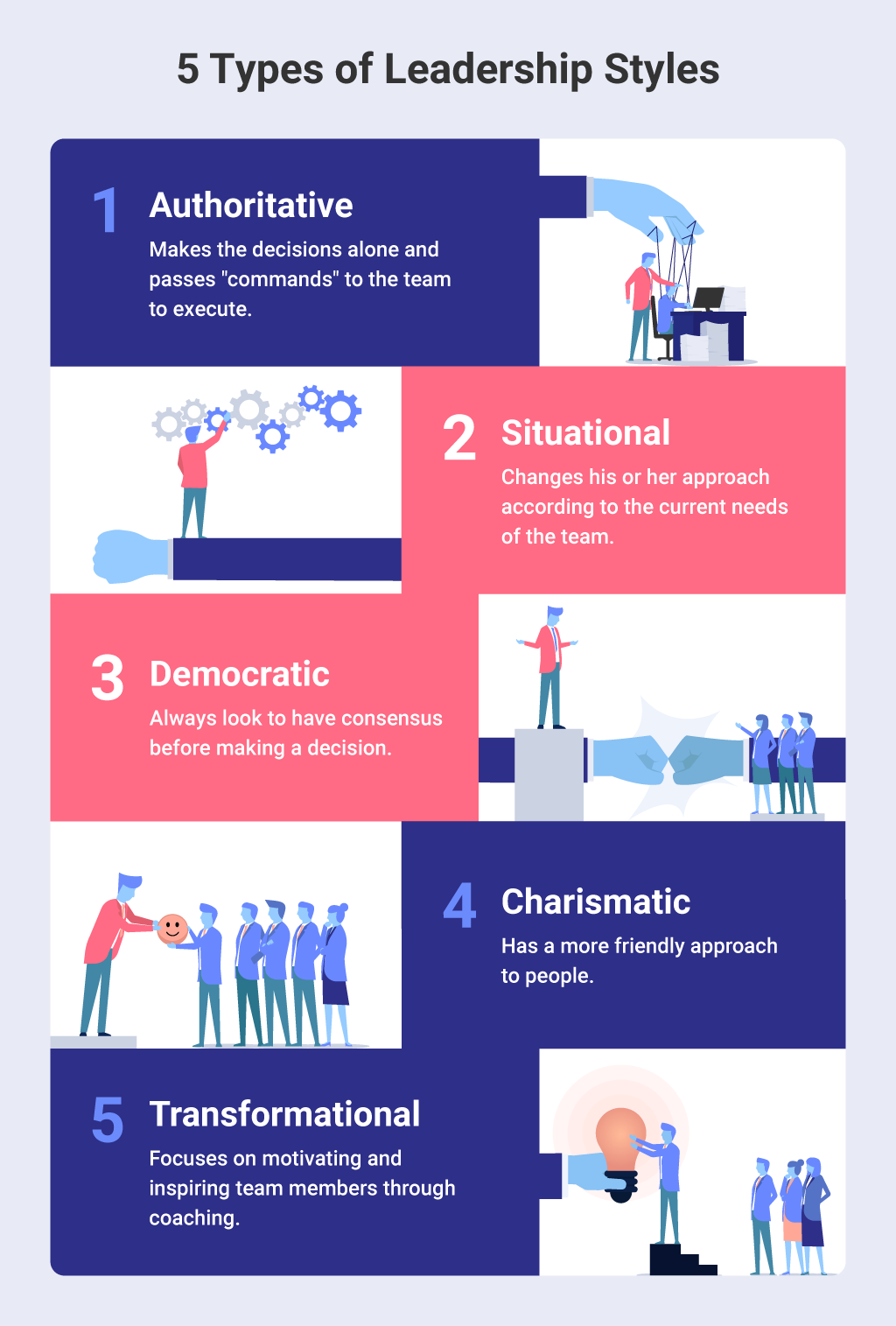
So what type of leader are you? Take the Quiz!
Becoming a Better Leader through Effective Collaboration
We’ve already established that a good leader always has a hand in creating a good collaborative environment, no matter what kind of team they manage. Effective collaboration depends on many things, but it’s always good to keep every aspect of it in one place – and that’s where an all-in-one digital workplace like Slingshot can save you a lot of effort and make your life – and leadership – easier.
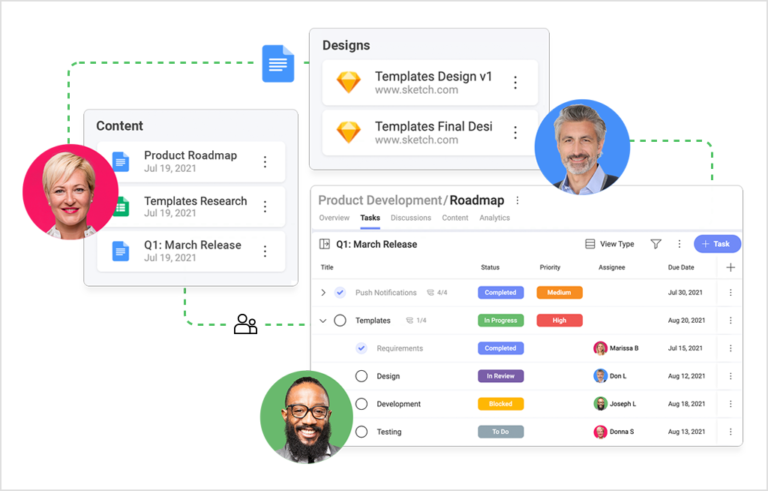
Slingshot effectively helps with:
Transparency & Trust
Both the leaders and the team have clarity and focus in what they do by using a task tracking and collaboration tool like Slingshot. The leader sees the tasks being done and has peace of mind for ownership, progress tracking, and accountability. And the team, on the other hand, have clarity of what they are expected to do and communicate in ways that eliminate misunderstandings
Confident Problem-Solving & Decision-Making
You can empower your team to move forward much more confidently with the precision provided by transparency and clear goal setting, as well as a data-driven approach of Slingshot
Open Communication
In a digital workplace like Slingshot, chat, and discussion happens on a task level and is always in context, helping with ideas swapping and feedback that never gets lost in translation.
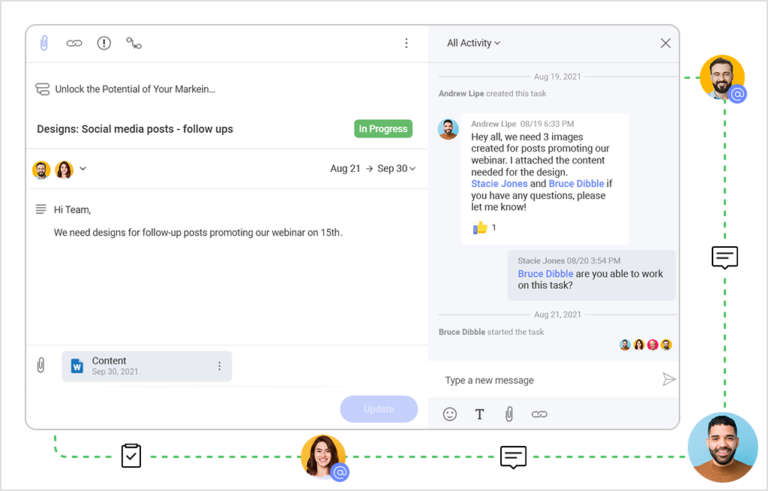
All Digital Assets in One Place
Slingshot unites every digital asset in one place, so your team can collaborate efficiently across all time zones and always have access to the most updated files. Your cloud providers are integrated into the app, allowing for the upload and/or linking to any file – so each team member has access to the relevant files on a task level. You don’t have to micromanage anymore – all your team needs is right there, easily found and always in the most updated version.
Data at the Core
Slingshot is a business intelligence tool that provides dashboards and analytics and helps teams connect to the data in a meaningful way Its data-driven characteristics help any leader stay on top of current data for campaigns, KPI tracking, and gives them the ability to go from insight to action in seconds.
Are you ready to take your team to a digital workplace and bring their product to greatness? Try Slingshot today.
Related Articles
Ready to grow your business 10x with AI decision-making?
Request a Free Demo of SlingshotSHARE THIS POST




 Return to Blog
Return to Blog

